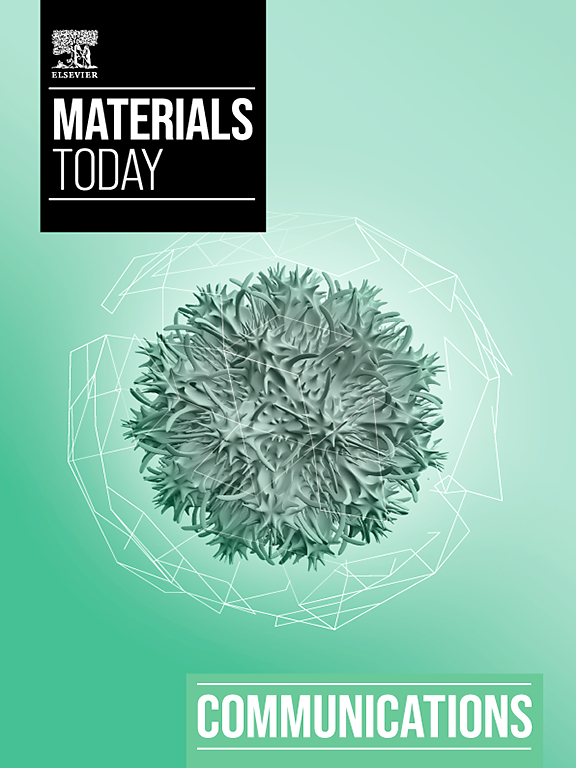电镀纳米晶 Ni-Co 涂层在加热过程中的微观结构和机械性能变化
IF 4.5
3区 材料科学
Q2 MATERIALS SCIENCE, MULTIDISCIPLINARY
引用次数: 0
摘要
镍钴合金镀层被应用于结晶器表面,以提高其耐磨性,用于连续铸钢。本研究探讨了加热温度对电镀法获得的镍-21 wt% Co 涂层的硬度、强度和伸长率的影响。通过扫描电子显微镜、透射电子显微镜和 X 射线衍射分析了微观结构的演变。结果表明,沉积后的涂层具有纳米晶体和微晶的混合结构,含有大量纳米孪晶和堆积断层。其硬度、抗拉强度、屈服强度和伸长率分别为 371 HV、1170 MPa、1117 MPa 和 13.8%。低温加热后,纳米晶体的数量减少,而微晶的比例增加。在加热温度为 100-200 ℃时,由于退火孪晶的形成和位错发射机制的转变,出现了反向霍尔-佩奇现象,从而使硬度和抗拉强度趋于稳定。随着加热温度的进一步升高,晶粒不断长大,从而降低了硬度和抗拉强度。在 400 °C 退火后,伸长率达到 32.5%,而硬度、抗拉强度和屈服强度则分别降至 200 HV、662 MPa 和 577 MPa。本文章由计算机程序翻译,如有差异,请以英文原文为准。
Evolution of microstructure and mechanical properties of electroplated nanocrystalline Ni–Co coating during heating
Ni–Co alloy coating is applied to crystallizer surface to enhance its wear resistance for continuous steel casting. This study investigated the effects of heating temperature on the hardness, strength, and elongation of Ni–21 wt% Co coatings obtained by electroplating. The evolution of microstructure was analyzed by scanning electron microscopy, transmission electron microscopy, and X-ray diffraction. The results indicated that the as-deposited coating had a mixed structure of nanocrystals and microcrystals, containing numerous nanotwins and stacking faults. Its hardness, tensile strength, yield strength, and elongation were 371 HV, 1170 MPa, 1117 MPa, and 13.8 %, respectively. After low-temperature heating, the number of nanocrystals decreased, whereas the fraction of microcrystals increased. At heating temperatures of 100–200 °C, a reverse Hall–Petch phenomenon occurred owing to the formation of annealing twins and the transformation of dislocation-emission mechanisms, resulting in a stable hardness and tensile strength. As the heating temperature was further increased, the grains continuously grew, thereby decreasing the hardness and tensile strength. After annealed at 400 °C, the elongation reached 32.5 %, whereas the hardness, tensile strength, and yield strength decreased to 200 HV, 662 MPa, and 577 MPa, respectively.
求助全文
通过发布文献求助,成功后即可免费获取论文全文。
去求助
来源期刊

Materials Today Communications
Materials Science-General Materials Science
CiteScore
5.20
自引率
5.30%
发文量
1783
审稿时长
51 days
期刊介绍:
Materials Today Communications is a primary research journal covering all areas of materials science. The journal offers the materials community an innovative, efficient and flexible route for the publication of original research which has not found the right home on first submission.
 求助内容:
求助内容: 应助结果提醒方式:
应助结果提醒方式:


